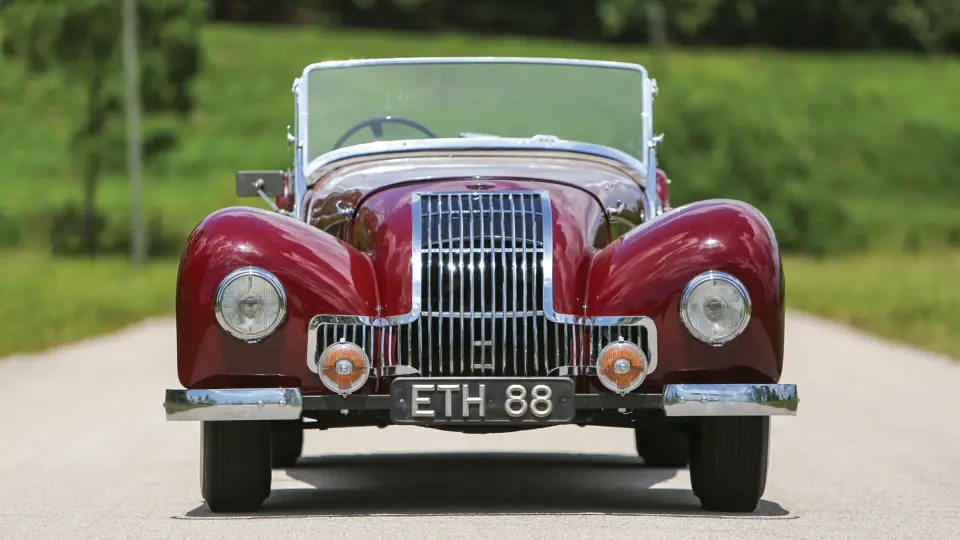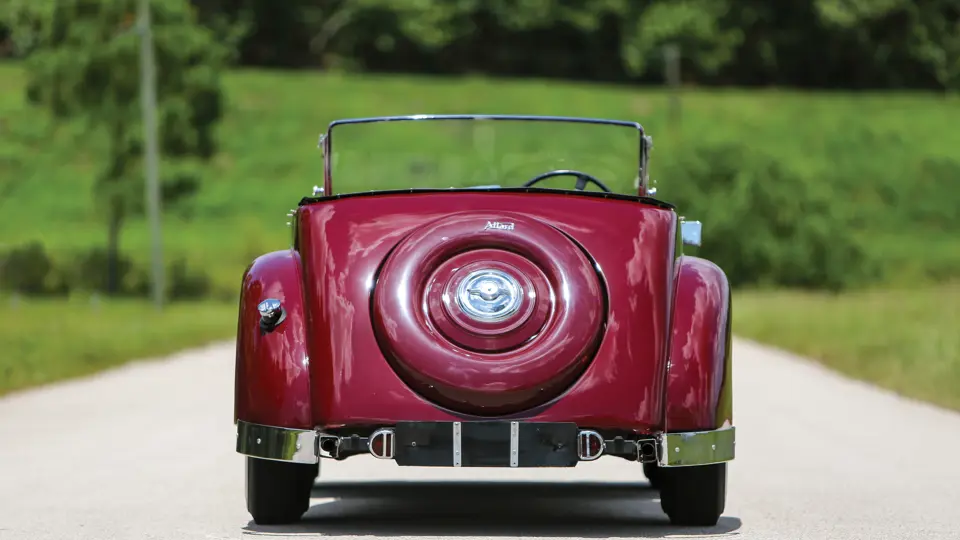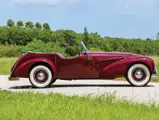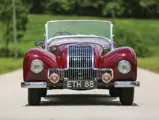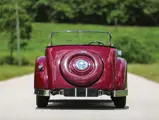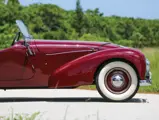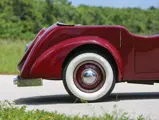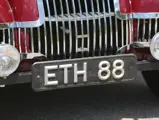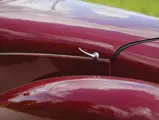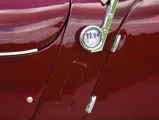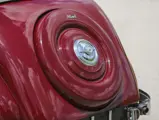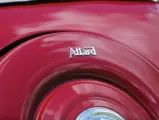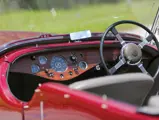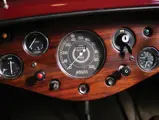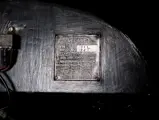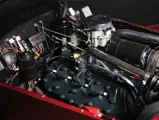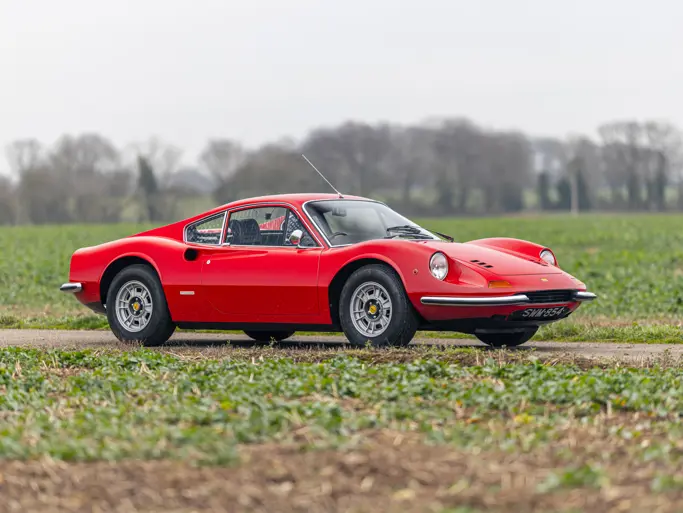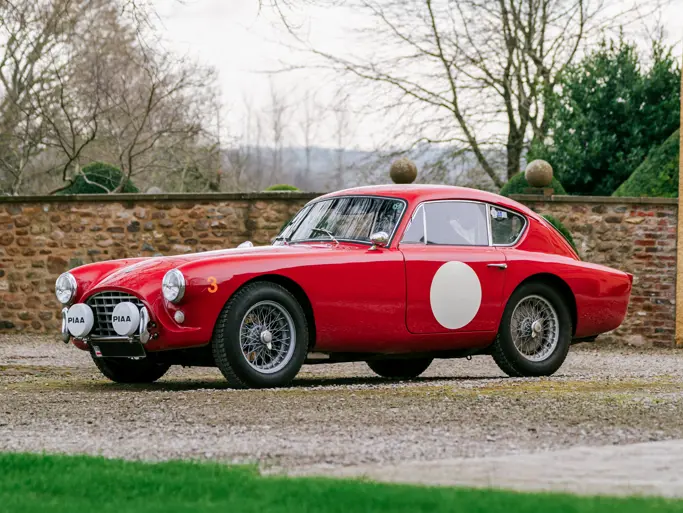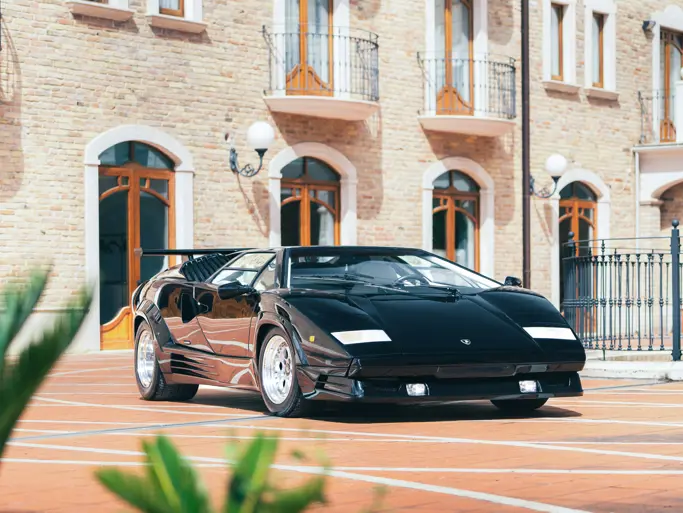85 bhp, 221 cu. in. L-head V-8 engine, three-speed manual transmission, split-beam axle independent front suspension with transverse leaf spring, live rear axle with transverse leaf spring, and four-wheel hydraulic drum brakes. Wheelbase: 112 in.
Sydney Allard was a stouthearted racing driver and car constructor. In the 1930s, he built a dozen Ford-based specials for British trails competitions, some with Lincoln engines and many with a split-axle independent front suspension developed by Leslie Ballamy. During World War II, his London garage, which went by the confusing name Adlards, Ltd., rebuilt Ford vehicles for British forces.
In 1946, with plenty of engines and parts on hand but no government contracts, he introduced the Allard K1, a two-seater on a box-section frame with transverse leaf springing and Ballamy’s IFS front axle. Either Ford or Mercury flathead V-8 power was available. Light and powerful, the K1 had excellent acceleration. A longer wheelbase version, called the L-Type, had seats for four.
In 1947, Allard introduced the J1, a shortened K1 intended for trials and sprints, and a four-seater, the M1. The most memorable Allard is the J2, up-rated from the J1 with a De Dion rear axle on coil springs and radius arms. A works J2 finished third at Le Mans in 1950. Most of the 90 built went to the United States, with Cadillac or Chrysler engines fitted on arrival. The L-Type, meanwhile, remained in production, though largely out of the limelight, into February 1950. Most were built prior to 1949.
L-Type Allard number 743 was dispatched from the factory on December 2, 1948, consigned to Cardiff, Wales. Shortly thereafter, it was registered ETH88 in Carmerthen, presumably the domicile of its first owner. A right-hand drive example, it is believed to have come to the United States after 1994, when it was last taxed in the U.K.
Nicely finished in Burgundy, it is upholstered in gray leather with matching tonneau cover, top, and side curtains. The leather is new, as is the Wilton wool carpet. The dashboard is made from distinctive Indian rosewood. It is also equipped with Lucas fog lights, a rear-mounted spare with cover, color-keyed steel wheels, and whitewall tires. Additional safety equipment includes a modern horn under the hood, concealed turn signals, and lap seat belts. A modern stereo with speakers has been concealed under the dashboard.
It is powered with a British 21-stud version of the 221-cubic inch Ford flathead V-8, driving through a three-speed manual transmission with remote floor shifter. A recent condition report names the paint and interior as strong points of the car and reports that it would be “perfect for tours.”
Fewer than 200 L-Type Allards were built, of which just 19 are said to survive, seven of them in the United States. This car represents the opportunity to acquire one of the rarer and lesser-known examples of a highly revered marque.




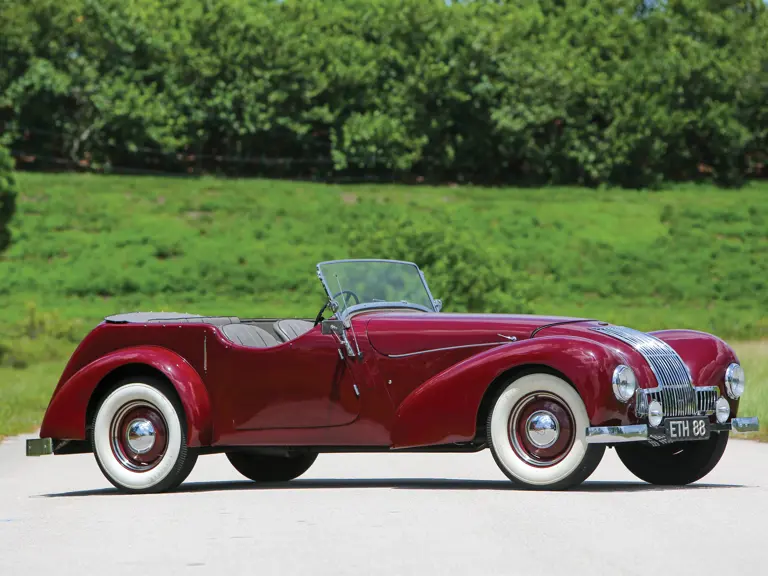
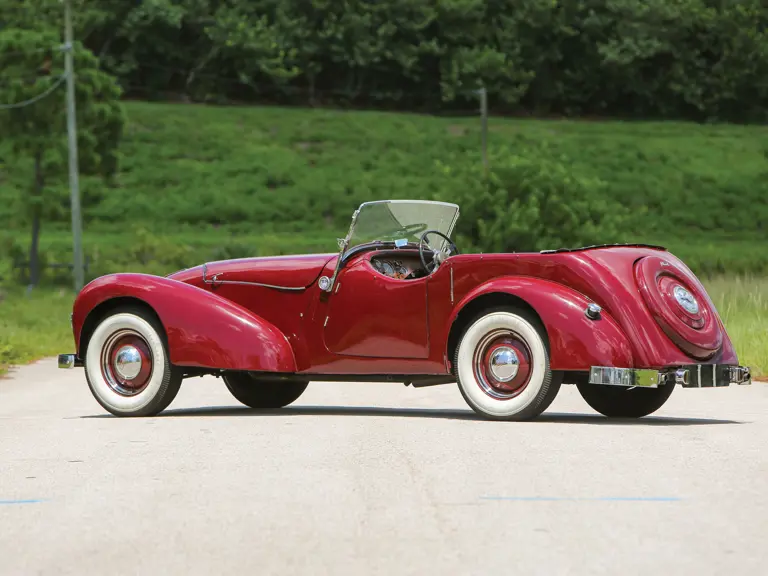
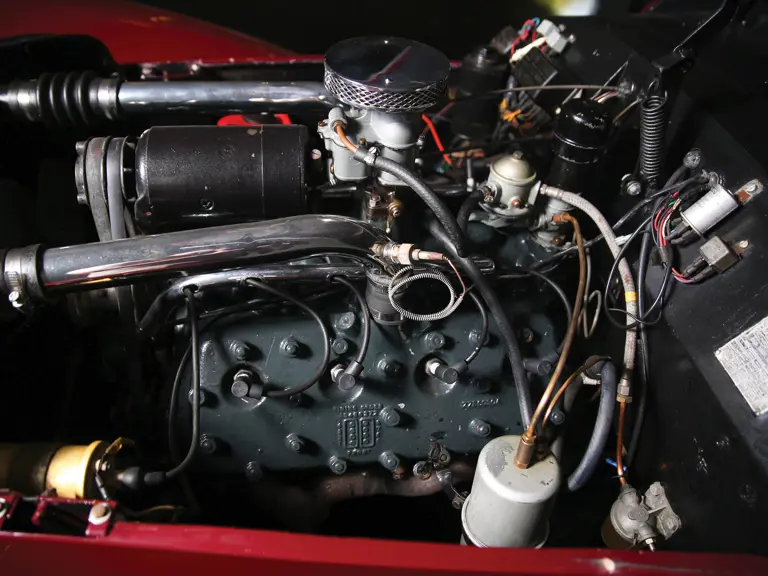
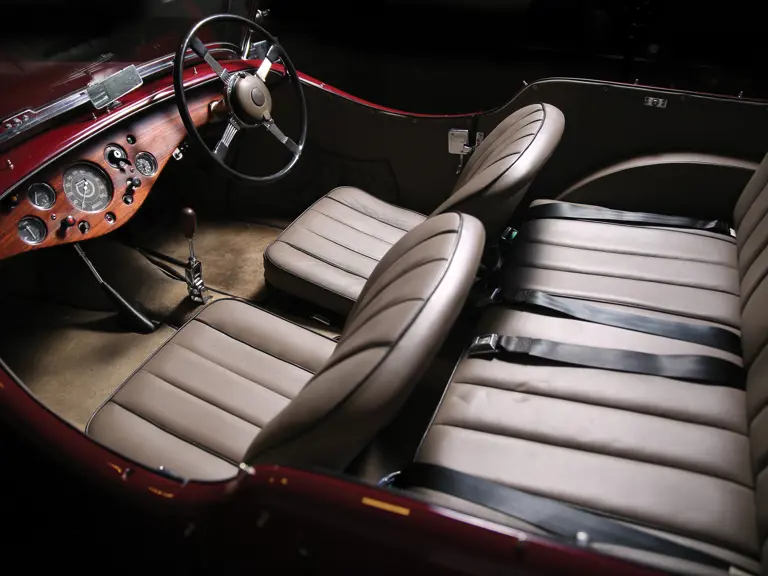
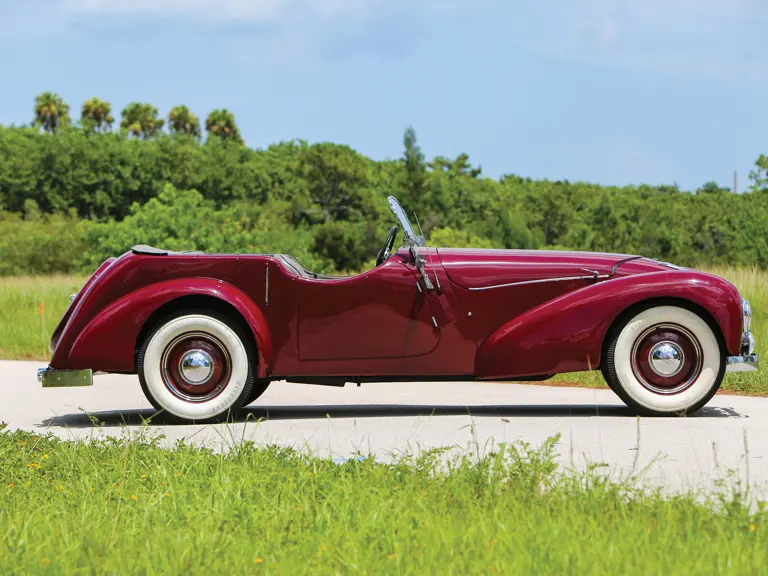
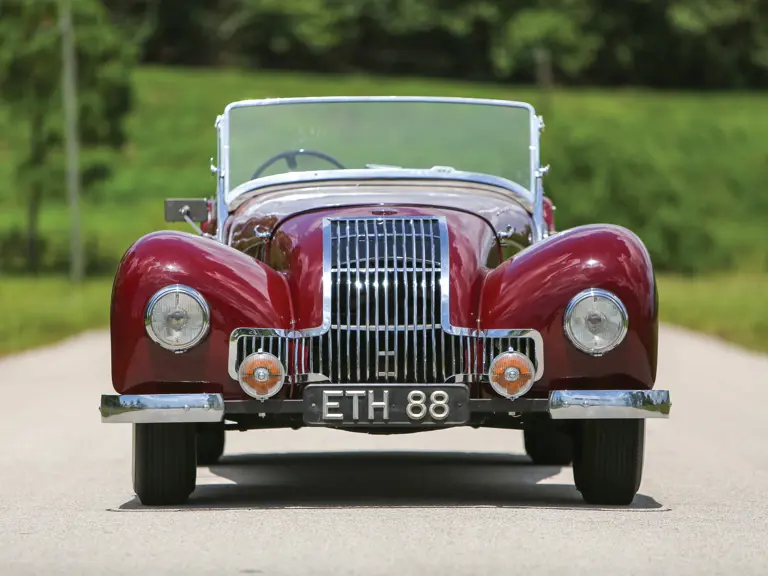
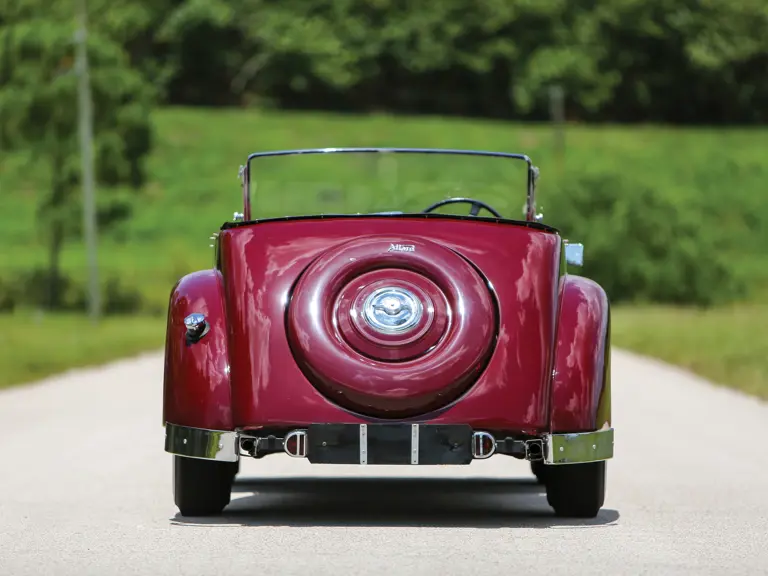

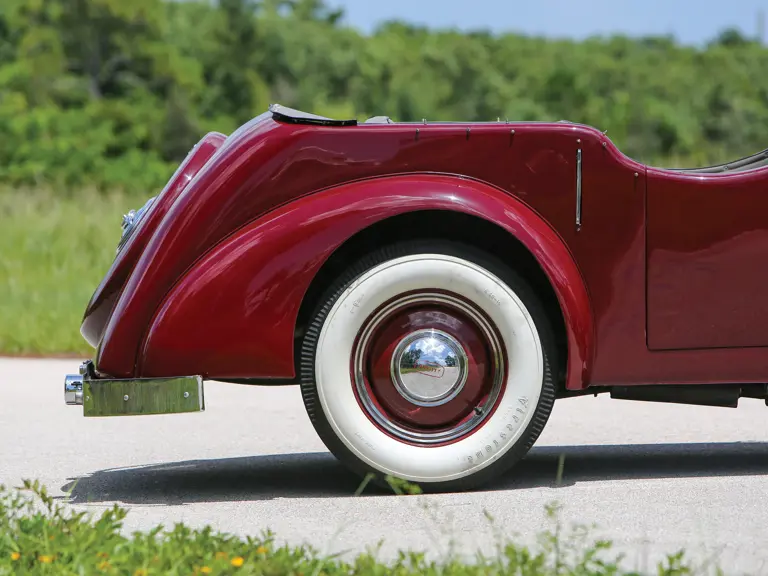
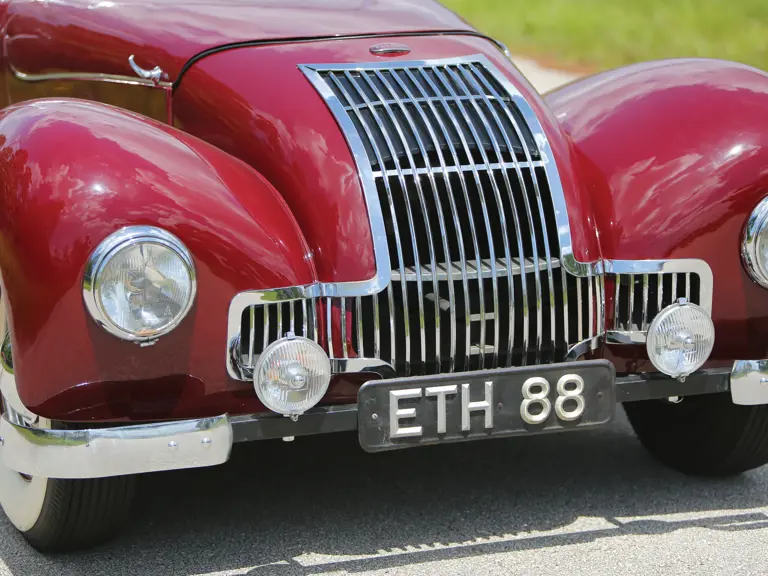
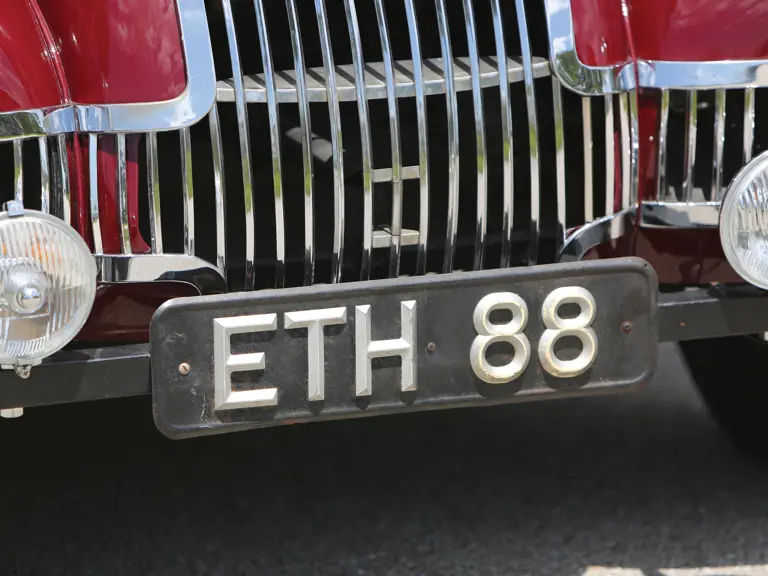
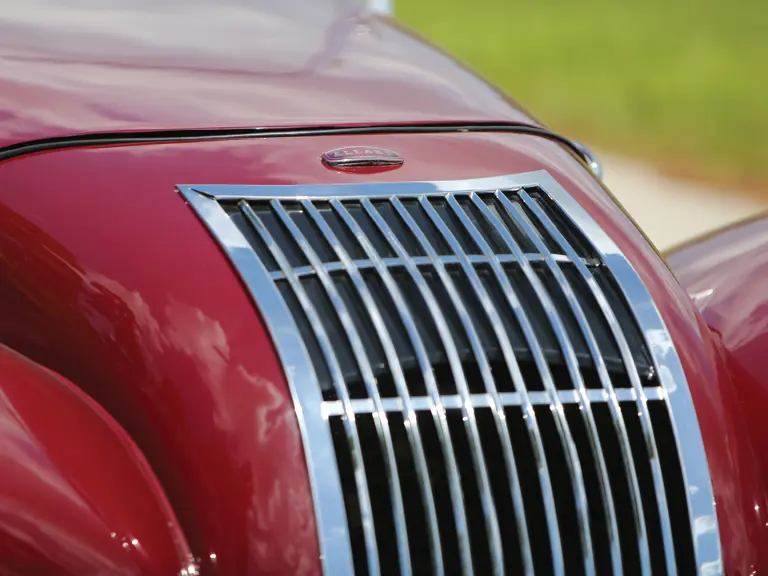
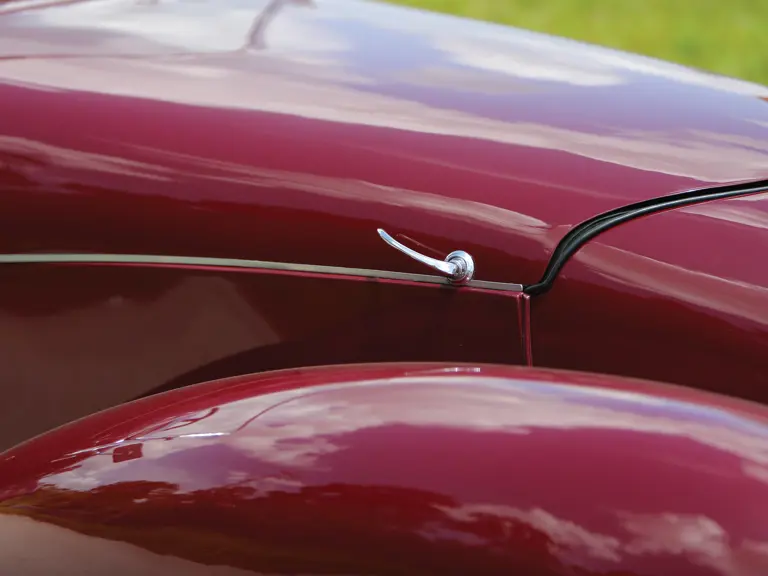
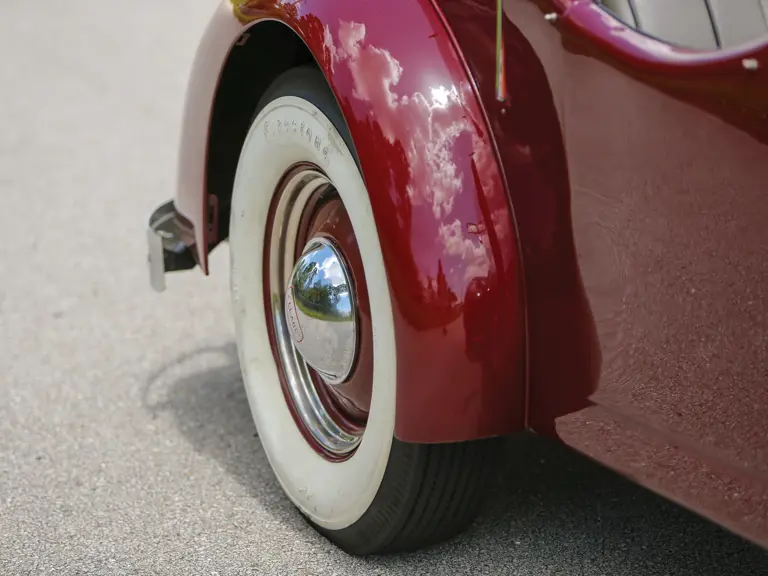

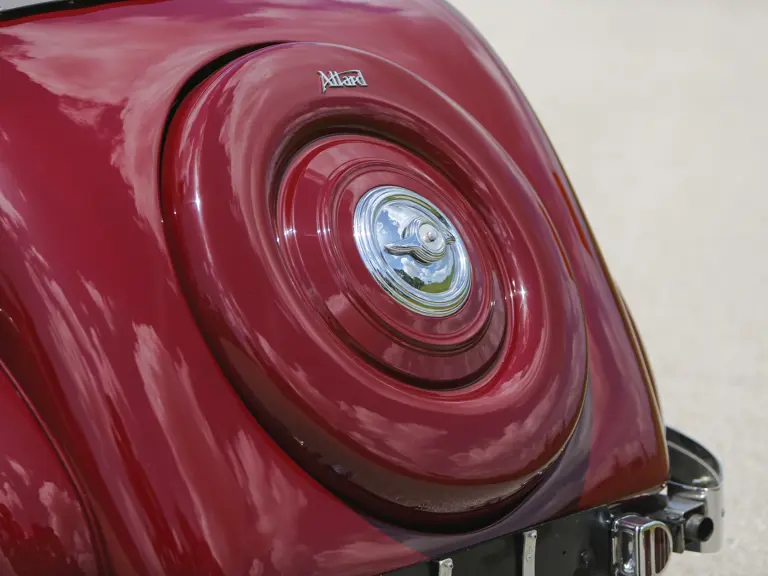
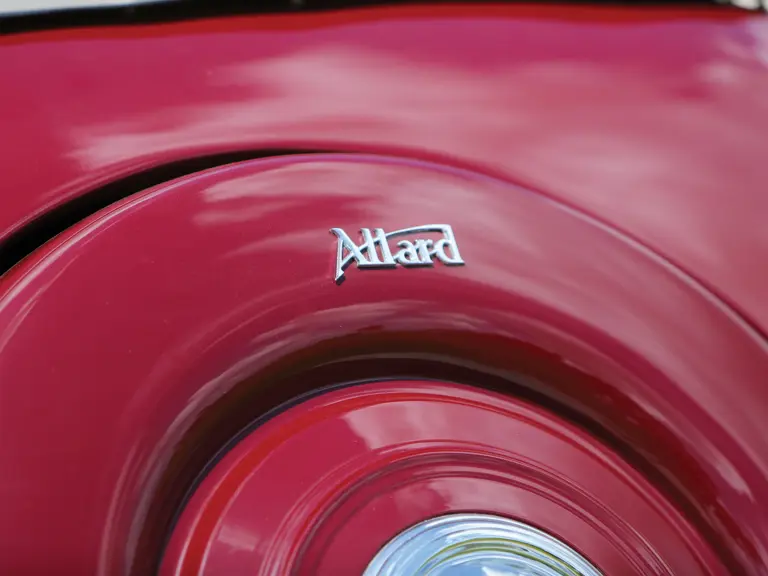
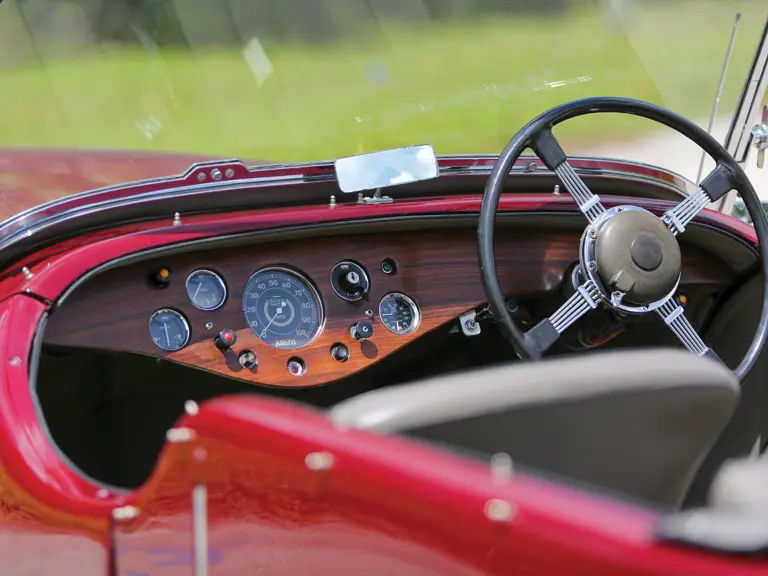
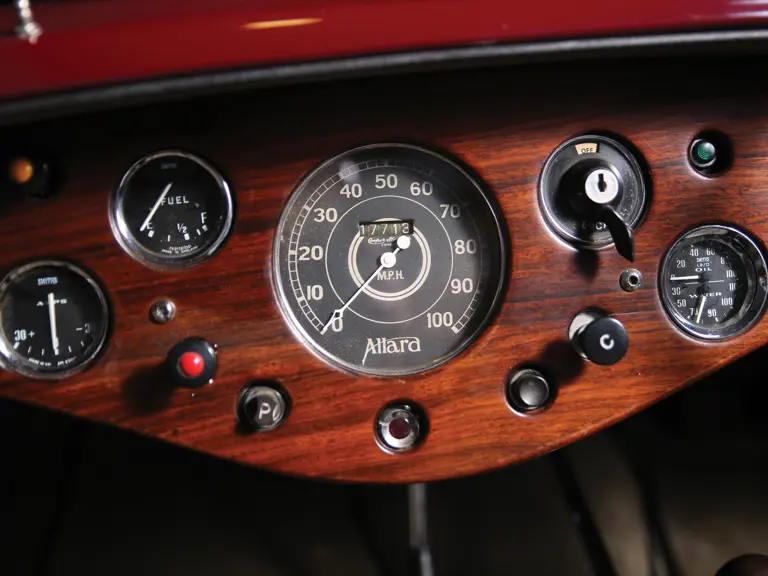
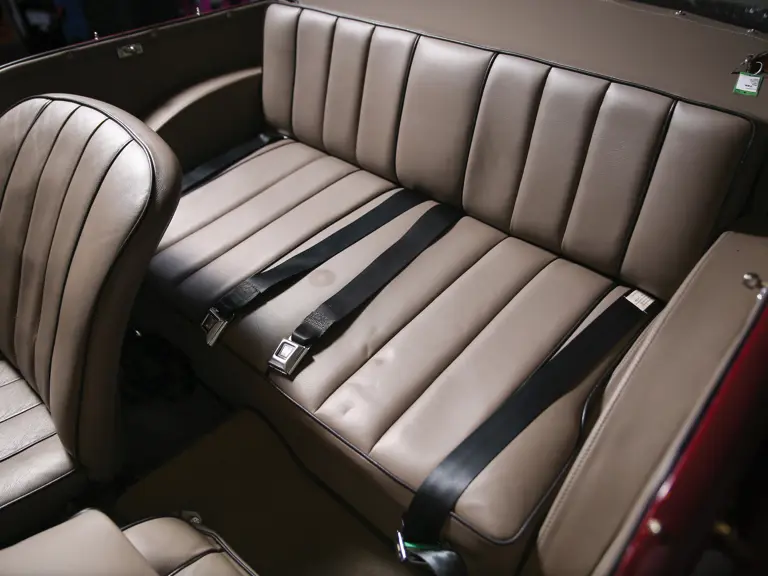

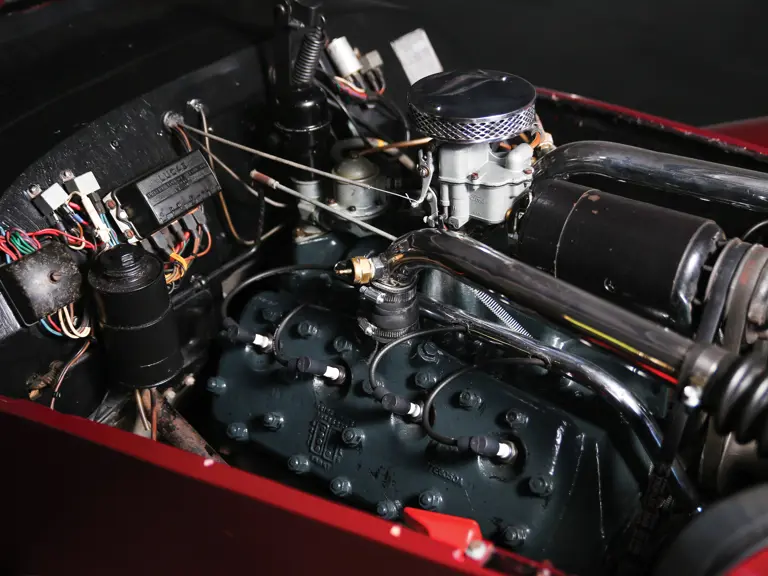
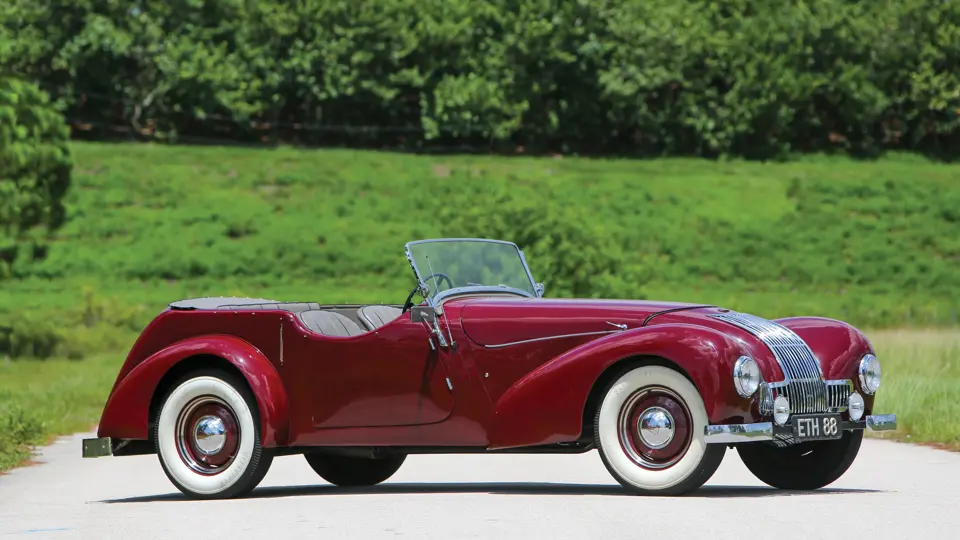
 | Hershey, Pennsylvania
| Hershey, Pennsylvania

